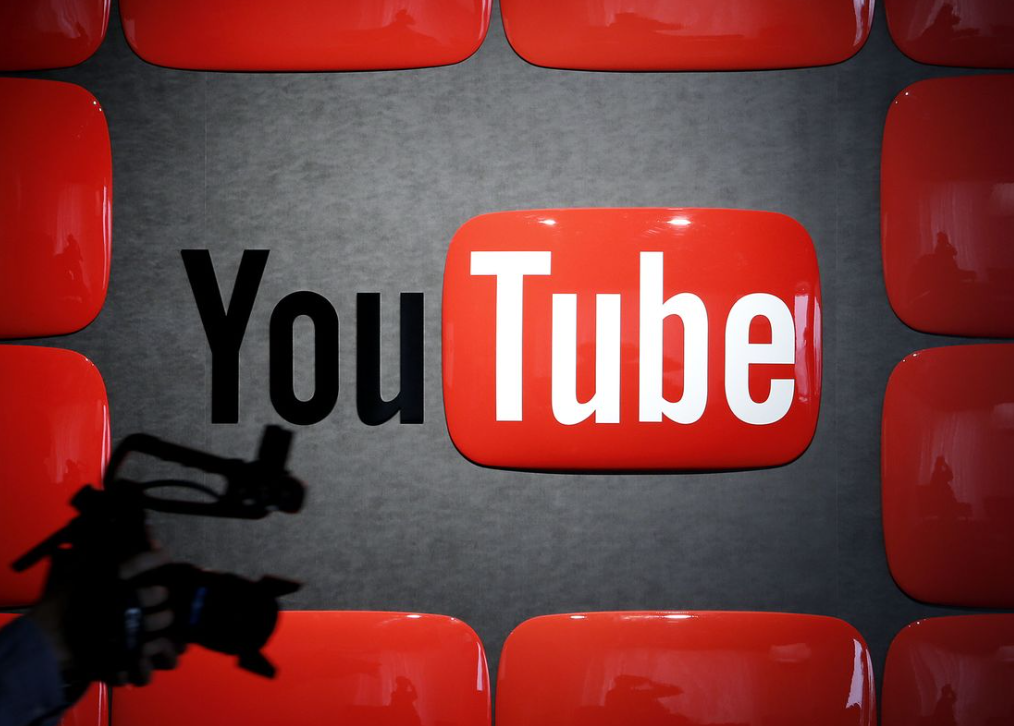YouTube has become a hugely popular platform for creating and sharing content. But how much money can you actually make?
Ad revenue on YouTube is a big part of how creators earn income. But ad rates vary depending on a channel’s niche, audience demographics, and more.
Pay per view
If you’re a content creator with a YouTube channel, you may have a question about how many views do you need to get paid. The answer depends on a number of factors, including your audience, the type of video you create and the monetization rules set by YouTube.
Ads are the primary way that YouTube makes money. Advertisers pay Google to have their ads appear on YouTube videos, and the creator gets paid based on how many people watch the ad.

The amount of ad views you earn will vary depending on a variety of factors, such as how many ads you have and whether or not people use ad blockers. However, the average rate of ad revenue per view is $0.18.
The key to earning more ad revenue is to maximize the number of ad views you receive. You can do this by putting ads in the beginning, middle or end of your video and choosing which types of ads you want to show.
The number of views you need to get paid on YouTube depends on several factors, including your location, audience demographics, and content niche. In general, YouTube creators earn money through the platform’s monetization program, which allows them to display ads on their videos and earn a share of the revenue generated from ad clicks or impressions. To be eligible for this program, you must have at least 1,000 subscribers and 4,000 watch hours within the past 12 months. However, simply meeting these requirements does not guarantee that you will get paid. You also need to create content that attracts and retains viewers, as well as comply with YouTube’s community guidelines and terms of service. Rather than buying subscribers, focus on creating engaging content that resonates with your target audience and promotes genuine engagement. This can help attract real YouTube subscriber who are interested in your content and engaged with your brand, ultimately leading to more views and revenue over time.
Paid sponsorships
Many YouTubers rely on paid sponsorships to make their channel financially sustainable. It’s a strategy that has proven to work for thousands of content creators, and it can be effective even for small channels.
When a brand sponsors you, you receive a special link to a product or service. When someone buys through that link, you earn a commission on that sale.
Sponsorship rates aren’t typically published publicly, so it’s a matter of trial and error to find the right rate for your audience and content. Most brands pay between 1 cent and 10 cents per view (CPV) based on the video’s average views.
Getting sponsored on YouTube isn’t easy for everyone, but it can be an excellent way to monetize your channel and build your brand. As long as you’re creating quality content and follow the platform’s policies, you can score valuable sponsorship opportunities no matter your channel size!
Selling digital products

One of the most effective ways to monetize your YouTube channel is by selling digital products. These products can include e-books, apps, graphics, templates, and more.
Unlike physical products, digital products are intangible and can be created quickly and easily. They are also a great way to generate passive income.
Many YouTubers have a knack for creating useful products that their viewers enjoy using and recommending to others. For example, if you’re into video editing, you can sell LUTs, which are color correction equations that you plug into your workstation to alter the color of your footage.
Another digital product that can be sold is overlays, which are images or textures that photographers can use to add a special effect to their photos. Some of these overlays are sky, bokeh, and other types of filters. These can be a great way to earn money on YouTube and build your brand as a creative and visual artist.
Become a YouTube Partner
YouTube partners allow Google to place ads on their videos, and the views these ads get let them earn a percentage of the revenue through an AdSense account.
In order to become a partner, your channel needs to fulfill all of the YouTube monetization requirements and adhere to the platform’s policies. This is to avoid issues that could result in YouTube taking down your content.
If your content is rejected, you’ll be given a broad explanation and a chance to reapply in 30 days.
Monetization tools available to YouTube channels include advertisements, paid subscriptions, branded merchandise, and more. These features can be a great way to increase your total ad revenue, but some of these may be blocked by YouTube for reasons such as content violations or local legal requirements.
The YouTube Partner Program or YPP is a great way to monetize your video content on YouTube. It offers robust resources and additional money-making opportunities to help you build your fan base faster.










